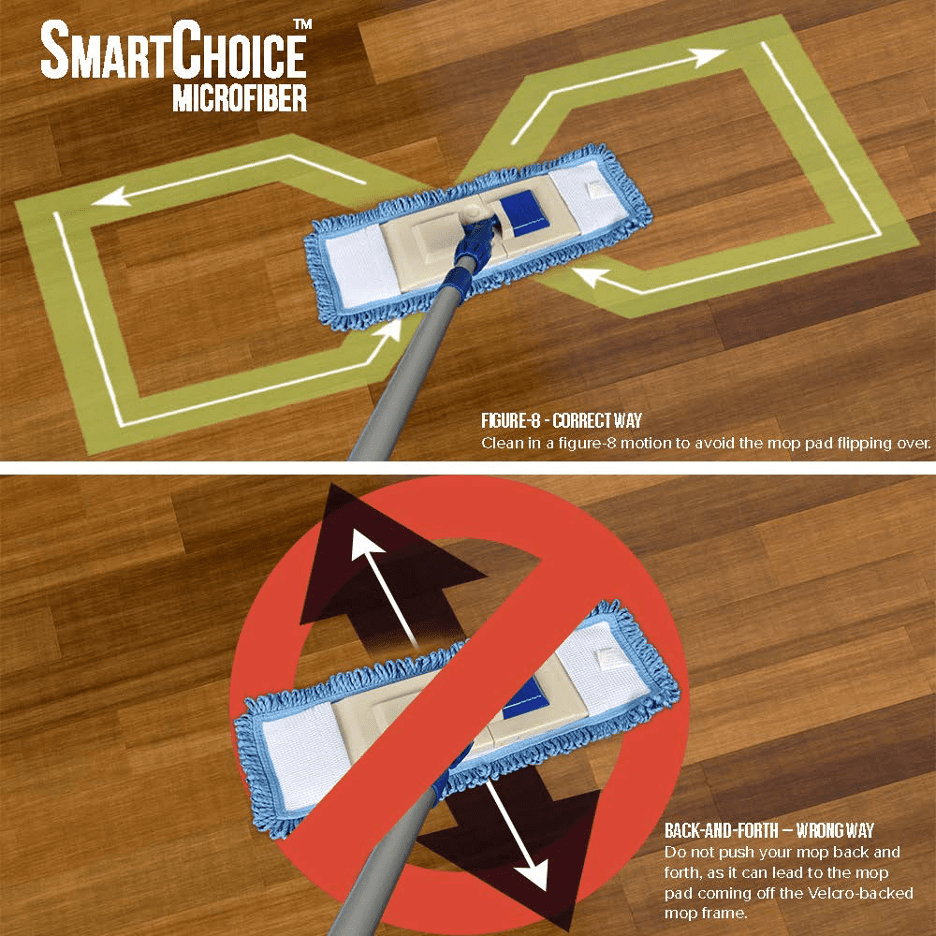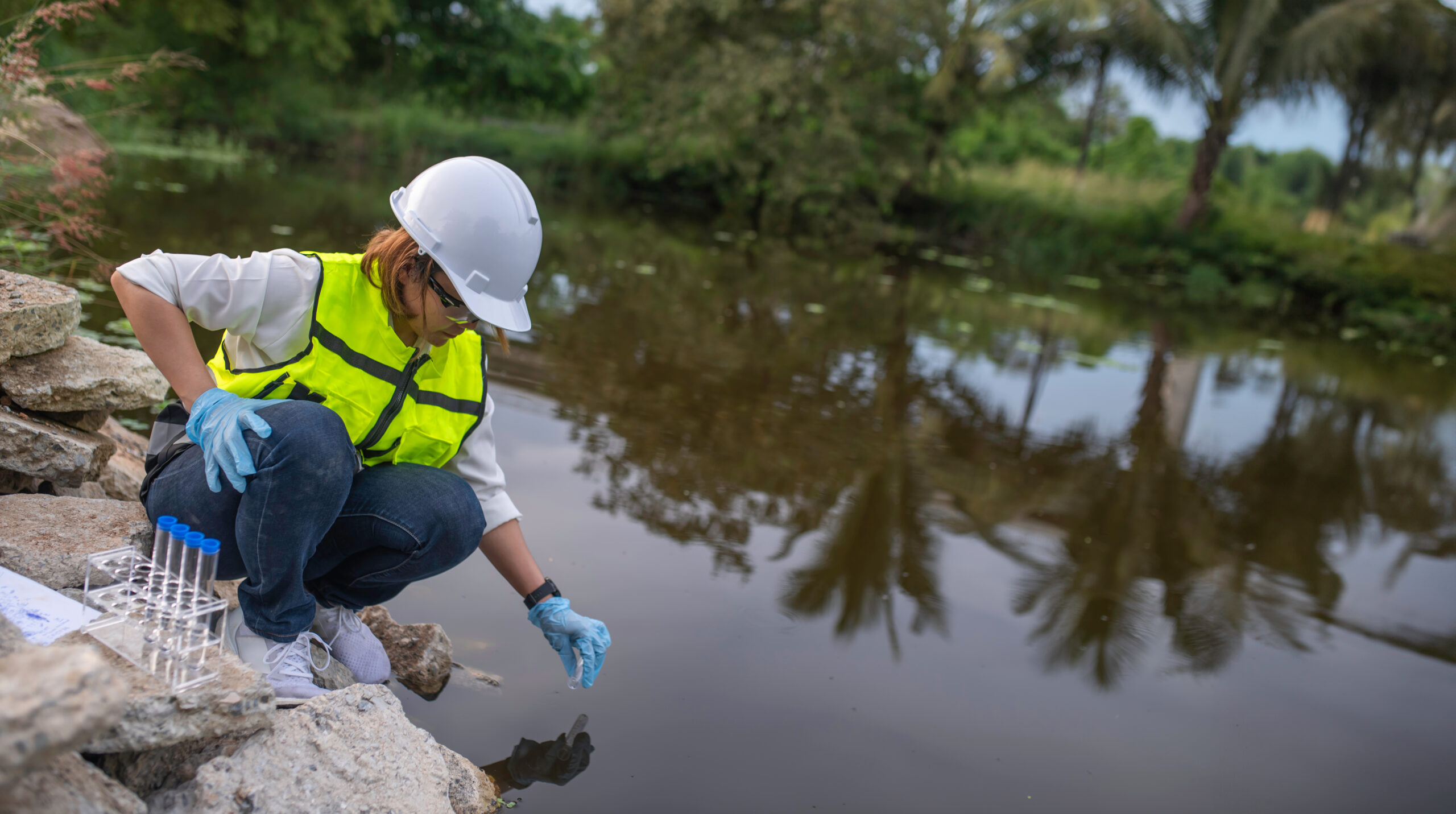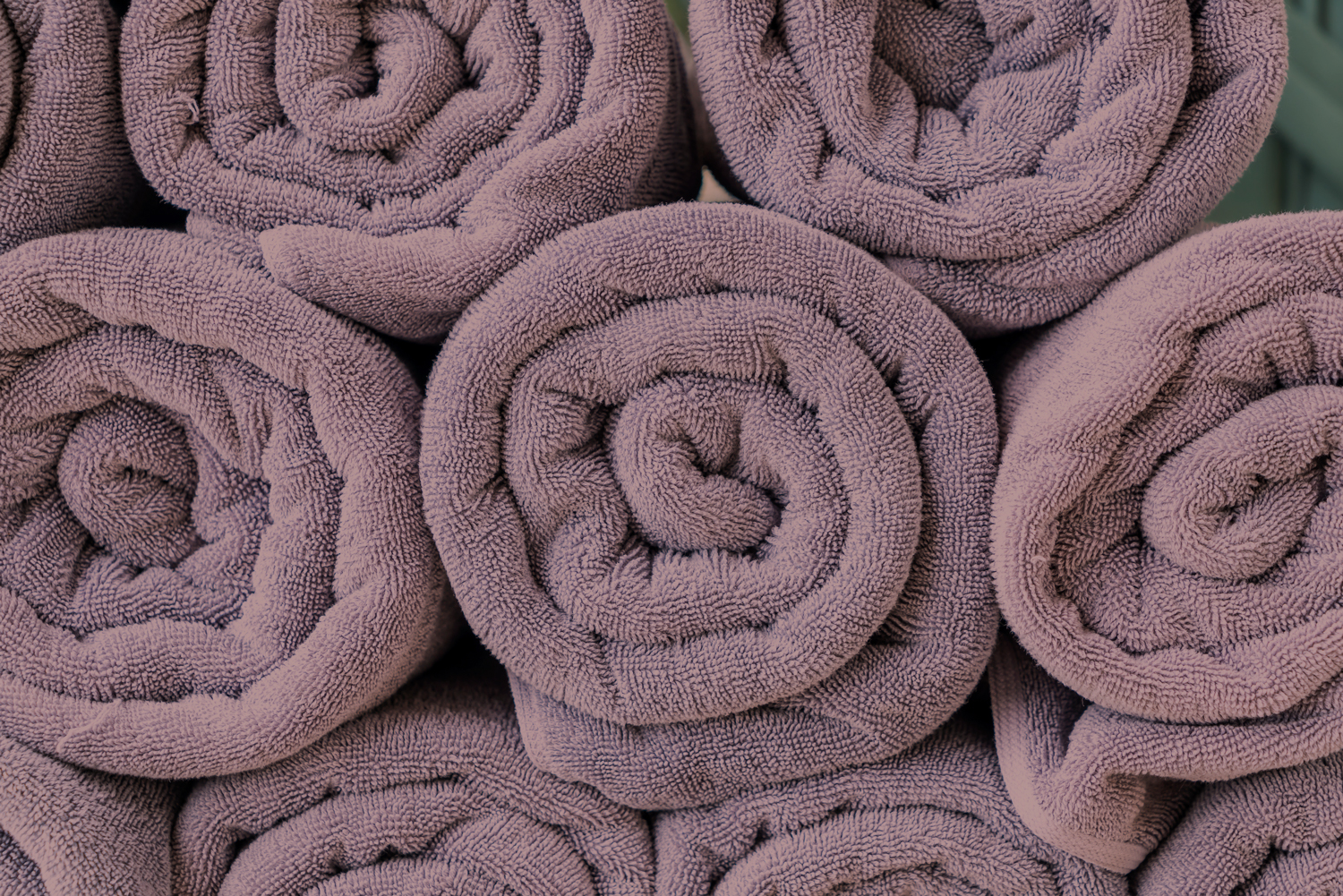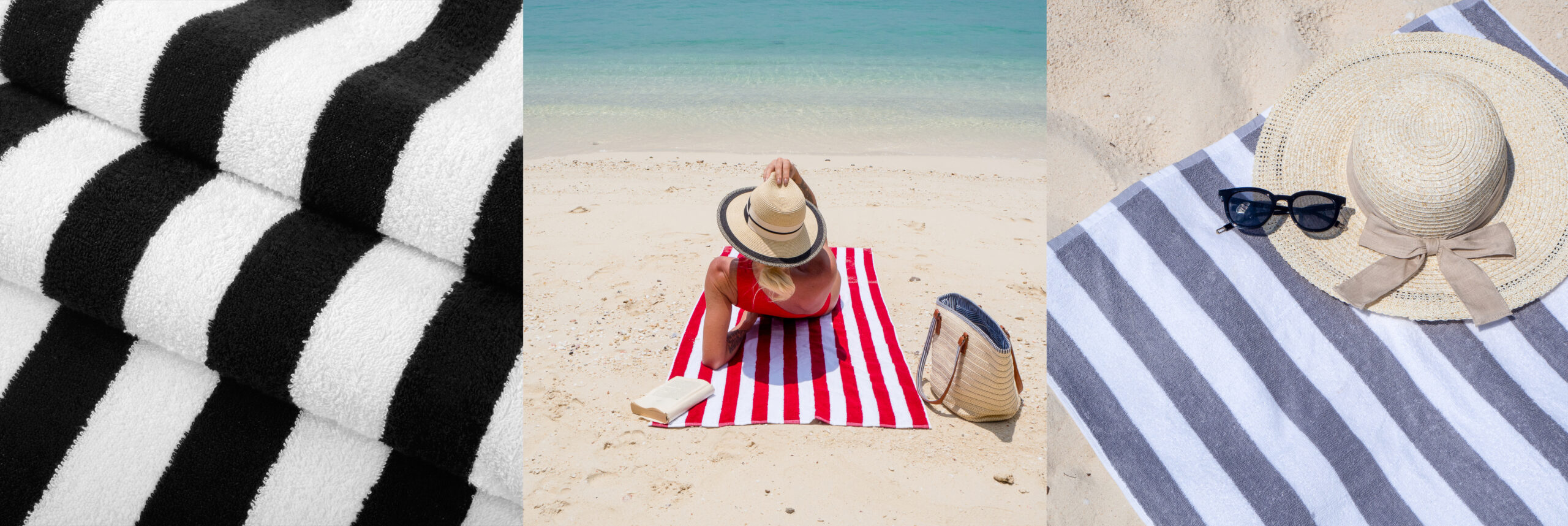My job doesn’t end after clients place a wholesale microfiber order. I have been asked by many companies to train their crews on safe and effective procedures for cleaning with microfiber. Now more than ever, appropriate cleaning procedures will help ensure that everyone stays safe and healthy.
First, develop a checklist with visual cues, so workers of all nationalities will understand and load the correct microfiber tools for cleaning rooms. The list will include the following:
Protective Gloves – You will need to wear non-porous gloves to protect your skin from infection and hazardous chemicals. Always perform hand hygiene before putting gloves on and after taking gloves off.
Masks – Masks are now and will continue to be essential. We recommend N95 masks; however, they are currently rare outside of hospitals. KN95 masks are a step-down but almost as effective.
Cleaning Chemicals – Want to make sure we have the proper chemicals to clean specific areas and surfaces that we will be responsible for cleaning during our daily routine. Examples include:
- Glass cleaner for windows & mirrors
- Disinfectant for hard surfaces
- Toilet bowl cleaner
- A neutral cleaner for floors
Microfiber Cleaning Equipment
- Four colors of microfiber towels
- Two colors of microfiber flat mop pads and (we’re using hook and loop backed for versatility)
- hook and loop backed Microfiber dust mops
- Microfiber wand dusters with chenille covers
- (Optional) Wall washing kit 10″ pad with a chisel-tip trowel and 10″ aluminum frame.
- Charging bucket
- Telescopic aluminum pole
- 18″ aluminum hook and loop mop head
Cleaning Procedures
NOTE: Not all surfaces need cleaning every day. Clean high touch areas such as door handles, phones, cabinet pulls, sinks, etc., at least once a day. Clean areas that rarely come in contact with humans, such as ceiling fans, vents, high walls, etc., as needed or once a week to prevent dust buildup.
We always clean a room from high to low to eliminate re-work due to falling debris. Start by using our microfiber duster (or wall washing pad and frame) to clean our walls as well as dust our upper vents, ceiling fans & light fixtures. We use a microfiber duster as opposed to a feather duster because microfiber has a naturally positive charge. The charge helps to pick up the dust and dirt (which contains a negative charge) and therefore attracted to microfiber. Feather dusters push dust to lower surfaces. By using microfiber, we eliminate cleaning dirt and debris twice.
Once all high areas are clean, focus on cleaning, and disinfecting surface areas. Make sure employees use the correct chemical for the job. The wrong chemical may not clean effectively and may damage surfaces. Find directions and uses on bottles or the SDS sheets provided by the chemical manufacture.
NOTE: We are not in the chemical business but recommend developing your own visual chart to match chemicals with uses and surfaces. Make sure to use the proper dwell times that each chemical recommends.
When cleaning surfaces, implement our microfiber cloth color-coding system. Prevent cross-contamination by using specific cloths for each type of surface area (especially important when cleaning hazardous areas such as bathrooms and hospitals. By using different colors on different surfaces, we are working smarter and safer. Each facility will have a unique microfiber color-coding system. I’ve provided an example below.
 To eliminate quat-binding on surfaces, we recommend spraying chemicals directly on the surface then wiping the surface with the correct color-coded cloth. Clean the room in a clockwise rotation, so if you are interrupted, or a coworker takes over, everybody will know what is clean.
To eliminate quat-binding on surfaces, we recommend spraying chemicals directly on the surface then wiping the surface with the correct color-coded cloth. Clean the room in a clockwise rotation, so if you are interrupted, or a coworker takes over, everybody will know what is clean.
After each surface is sparkling, turn your attention to hard surface floors.
 For dry and wet floor cleaning, a figure-8 motion is recommended. If you were to simply push back and forth, you run the risk of pushing debris into a corner. With a sweeping figure-8 motion ensures that all debris is picked up and held by the mop pad.
For dry and wet floor cleaning, a figure-8 motion is recommended. If you were to simply push back and forth, you run the risk of pushing debris into a corner. With a sweeping figure-8 motion ensures that all debris is picked up and held by the mop pad.
Use a microfiber dust mop to ensure all large debris is removed from the surface (same positive charge principle applies). This will prevent with mop streaking due to large particulate blocking microfiber loops.
Once our dust mopping is complete, we can turn out attention to wet mops. We use microfiber flat mop technology to obtain superior results than the previous generation of cleaners. In other words, we are done using the cotton string mop and dirty water mop bucket and ringer combo that we were accustomed to seeing in the past. How we use flat mops is explained in a minute.
Use two colors of mops to separate restrooms from the general areas. Always change out our mops from one room to another (flat mops enable us to carry many more mop heads). We don’t want to cross-contaminate by bringing germs from the bathroom into our hallways. An example of microfiber mop color-coding is below.
- Red Mops – Restrooms and any hazard area
- Green Mops – general areas such as hallways, classrooms, and offices
For each room, start by putting a fresh mop on our hardware. Using hook and loop mops allow for quick release of dust and wet mops. Microfiber flat mops are taken from our charging bucket. Charging buckets are shaped like flat mops with airtight lids. To ‘charge’ microfiber means to pre-soak in the cleaning solution by adding a stack of mops (let’s say 20) to the bucket, covering the mops in disinfectant, then turning the bucket upside down for 20 minutes to ensure each mop is fully saturated.
Start from the furthest part of the room and work our way to the door (using the figure-8 method described above). Once we are done with that room, you take the soiled mop off and place it in a discard bucket and start with a fresh mop from our bucket to clean our next space.
Repeat these tips along your route, and you will clean smarter, safer, and more efficiently.





 Joe Olivo
Joe Olivo



